Raising a child with Reactive Attachment Disorder changes life in so many ways.
The experience affects all areas of life, including the caregiver's relationships with others.
Extended family relations often take the hardest hit.
This isn't anyone's fault.
Life changes so drastically for the immediate family of a child with Reactive Attachment Disorder.
These changes are impossible for others to understand, unless they've experienced the same things.
Most extended family members have not raised a child with Reactive Attachment Disorder.
A lack of understanding leads to strains and complications in relationships.
Reactive Attachment Disorder changes everything.
10 Ways Reactive Attachment Disorder Affects Extended Family Relations
1. Caregivers of children and teens with Reactive Attachment Disorder experience trauma on a daily basis.
The role of caregiver to a child or teen with Reactive Attachment Disorder has been compared to that of a combat soldier on the battlefield.
Continued trauma takes a toll on the brain and mental health.
PTSD, anxiety, and depression are common.
Daily functioning takes an incredible amount of energy for caregivers.
The Worst Cases of Reactive Attachment Disorder
It's a challenge to make it through each day, doing the absolute best the caregiver can, without feelings of defeat and other strong negative emotions.
Resilience is the goal, but it sometimes feels impossible.
Even when a child or teen with Reactive Attachment Disorder is in a group home or residential placement, the trauma doesn't end.
It's just a different type of trauma.
When Do I Consider Residential Treatment for My Child?
It is common for those experiencing trauma to withdraw for self preservation purposes, which may result in strained relationships.
Knowing that circumstances can't change in the home with immediately family and Reactive Attachment Disorder, a caregiver may choose to love extended family from a distance, in an effort to preserve and improve their own mental health.
Most often, this is very hard for extended family members to accept, which causes even more strain on relationships.
2. Present trauma triggers past trauma, and becomes complex.
Daily trauma while caring for a child with Reactive Attachment Disorder often triggers past trauma that the caregiver has experienced during childhood and adolescence.
Trauma is real and something that everyone on the planet experiences at one time or another.
No one is exempt.
Trauma is personal.
What may feel traumatic to one person, may not feel that way to another.
An experience may feel completely different to each person involved.
No one wishes trauma on another person.
Everyone does their best to avoid traumatic experiences, especially when children are involved.
Still, trauma happens and is real.
No caregiver is perfect.
Different generations raise children in completely different ways.
Best practices have changed over time.
Raising a child or teen with Reactive Attachment Disorder is a completely different ball game.
Traditional parenting techniques do not work, including those that were passed down by extended family members of a prior generation
When a caregiver is confronted with past trauma, while raising a child or teen with Reactive Attachment Disorder, it is important for the caregiver to seek help from a licensed mental health professional.
It is only after a caregiver has worked through her own past trauma, that she can be all she needs to be for her child or teen with Reactive Attachment Disorder.
Extended family members, especially parents, are often hurt by the idea that the caregiver has experienced past trauma while being raised by them.
There may be a lack of understanding and support from extended family members when a caregiver pursues help from mental health professionals.
This lack of understanding and support can bring about contention and strain in extended family relations.
The lack of understanding and support may also trigger more past trauma.
A caregiver of a child or teen with Reactive Attachment Disorder does not want more contention or trauma in her life.
She cannot eliminate contention and trauma in her home, but she can work through her own trauma and set healthy boundaries with others based on what she can currently handle.
3. Caregivers of children and teens with Reactive Attachment Disorder are most often required to participate in mental health services with immediate family, and for themselves, in order to meet criteria to obtain desperately needed help and assistance.
Extended family may not understand just how many meetings and appointments come with raising a child or teen with Reactive Attachment Disorder.
Meetings and appointments don't begin to describe the obligations of caregivers of a child or teen with RAD when there is a mental health crisis.
A mental health crisis can require a 24/7 commitment from caregivers for weeks, and sometimes months.
Our Pediatric Mental Health Crisis Up Close and Personal
Extended family may not understand requirements set forth by the community in order to receive services and support.
The time commitment and financial responsibilities placed on caregivers are incredibly challenging.
Some extended family members may become upset with how busy a caregiver of a child or teen with Reactive Attachment Disorder is, and the lack of time and energy left to dedicate to other extended family relationships.
The caregiver of a child with Reactive Attachment Disorder cannot eliminate required and recommended mental health services, without consequence.
Extended family relations are often affected negatively by treatment obligations related to a child or teen with Reactive Attachment Disorder.
4. Raising a child or teen with Reactive Attachment Disorder is incredibly expensive, leaving little to no extra funds to participate in special events and trips.
One hallmark behavior that comes with Reactive Attachment Disorder is destruction of property, which results in a significant financial burden for the caregiver.
Even if insurance covers appointments, the cost of travel to appointments is significant.
When a child or teen is in residential, the caregiver is responsible for all transportation expenses, as well as all expenses related to visits and passes.
These expenses are added to the requirement that family provide shoes, clothing, and other items in residential, which are either lost, stolen, or destroyed, and need to be replenished every six months.
The supervision required to keep family members safe while raising a child with Reactive Attachment Disorder, can result in a caregiver no longer being able to work outside of the home.
Must Have Safety Resources When Parenting a Child with Reactive Attachment Disorder
Even with disability assistance, the strain of only one caregiver working, paired with behaviors that result in the destruction of property are significant.
Mental health emergencies prevent caregivers from going to work altogether for an extended period of time, resulting in a loss of income at a time when it's needed most.
There may not be extra money to visit extended family.
Money for fun extended family activities may not exist.
Financial struggles can increase the strain on relationships with extended family.
5. It can be impossible to commit to scheduled visits with extended family, due to behaviors and time commitments associated with Reactive Attachment Disorder.
A Caregiver's Fears When Raising a Child with RAD
An inability to show up for extended family members in these situations can take a toll on relationships and cause so much strain.










.jpg)






.jpg)









.jpg)






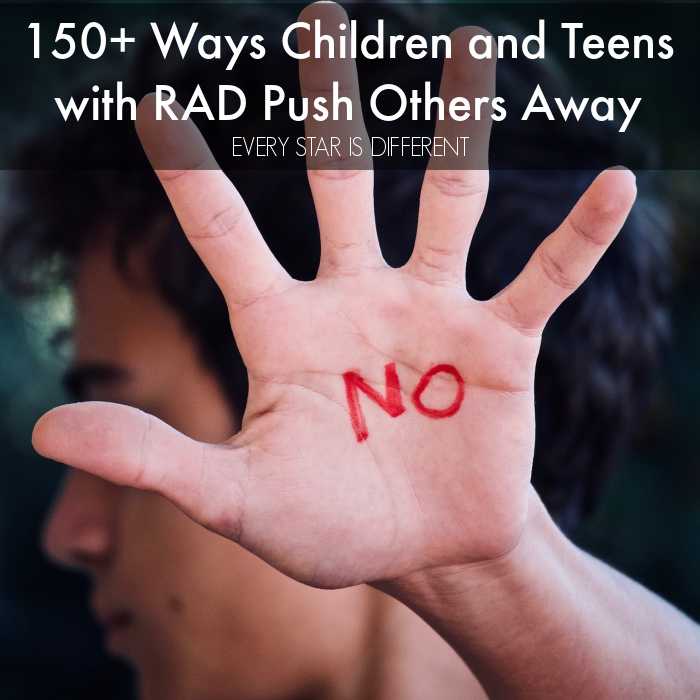

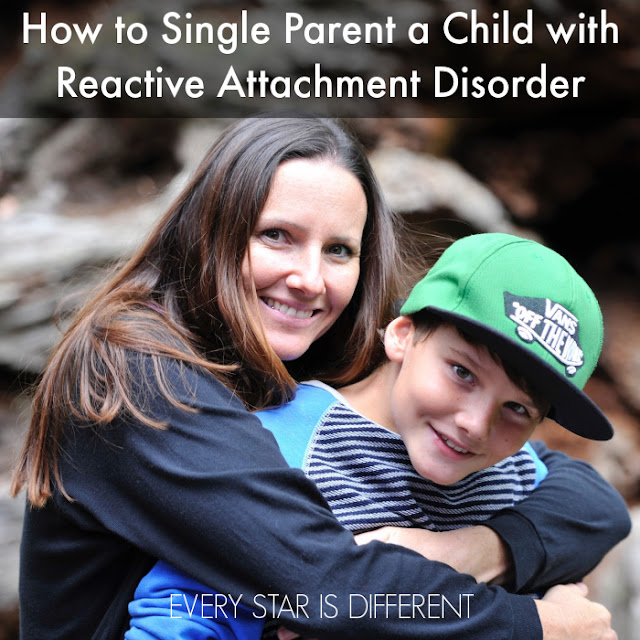

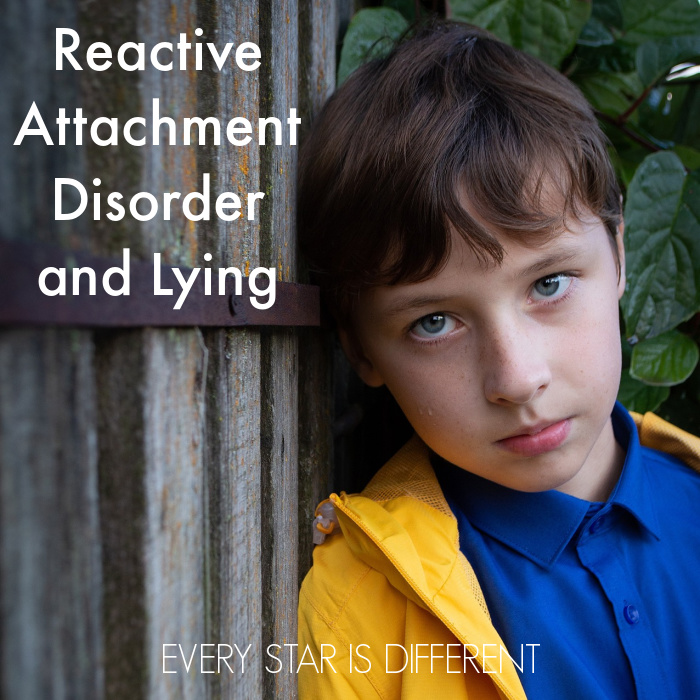
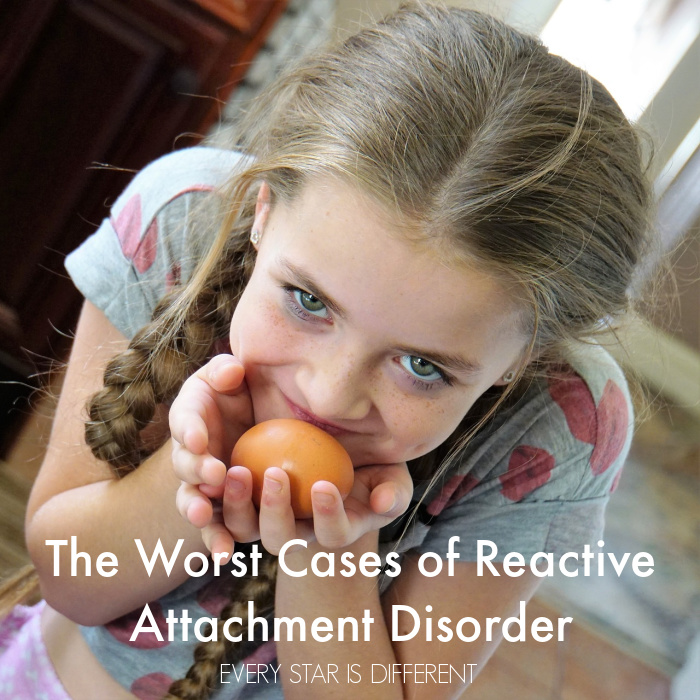
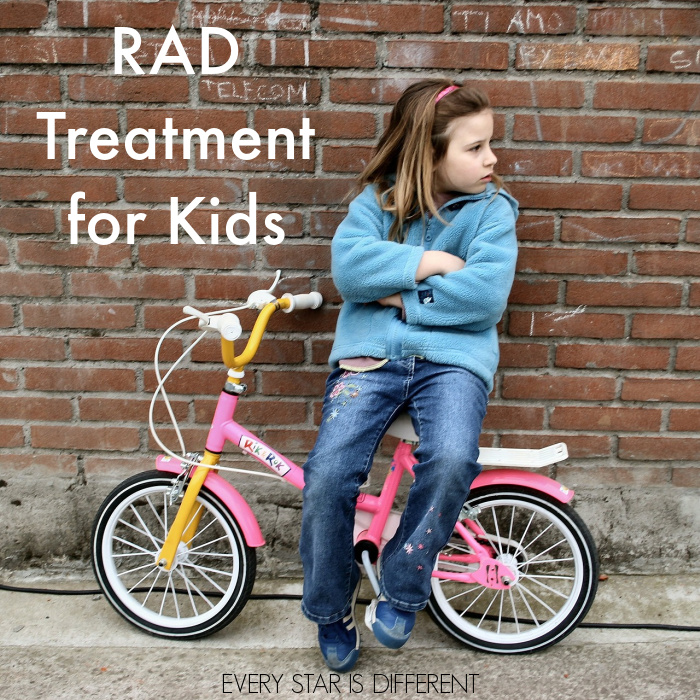


.jpg)








